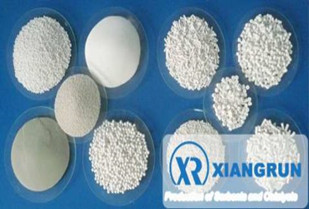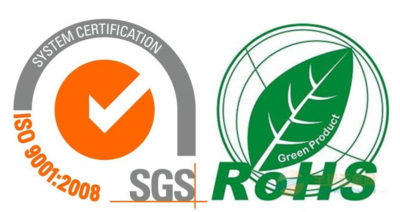Activated alumina is an important oxide material widely used in the preparation of catalysts. Zibo Xiangrun Environment Enigneering Co.,Ltd professionally produce activated alumina in catalyst. Its excellent catalytic performance makes its application in various fields gradually increase. This article will focus on the application of activated alumina in catalysts, discussing the mechanism of action of this material in catalytic reactions and the key characteristics of being an excellent catalyst.
First, we need to understand the mechanism of action of activated alumina in catalytic reactions. Activated alumina is a high surface area oxide material whose surface molecules are highly chemically reactive and therefore capable of physical or chemical reactions with other compounds. The role of activated alumina in catalytic reactions mainly depends on its surface structure and crystal structure. In oxide material catalysts, high surface area usually means more reaction sites, leading to higher catalytic activity. In addition, the defects and distortions of the crystal structure can also lead to more reaction sites, thereby affecting the physicochemical properties of the catalyst.
The superiority of activated alumina in catalytic reactions is reflected in three aspects: higher catalytic activity, better chemical stability and adjustable surface properties. First, because the activated alumina has highly dispersed small particles, the surface area of the catalyst will be correspondingly increased, and it will have higher catalytic activity. Activated alumina can also maintain chemical stability at high temperatures, and has good application prospects for some high-temperature reaction systems. Finally, the surface properties of activated alumina in the catalytic reaction can be tuned by means of surface modification and doping, thereby optimizing the selectivity and performance of the catalyst.
However, for activated alumina to be an excellent catalyst, its preparation method is also critical. In general, the preparation methods of activated alumina include sol-gel method, co-precipitation method, hydrothermal method and so on. Among them, the sol-gel method is one of the most commonly used methods. In this method, a certain organic solvent is used as a reaction medium to form a gel sample by dispersing aluminum hydroxide powder and an oxide precursor, and then undergo a calcination reaction to obtain an activated alumina material. By adjusting the reaction conditions and parameters, catalytic properties such as gas adsorption and surface acidity and alkalinity can be effectively controlled.

XR Activated alumina catalyst
In conclusion, activated alumina has been widely used in catalyst preparation because of its excellent catalytic performance and diverse preparation methods. Its highly dispersed small particles and high surface area are its important characteristics in catalytic reactions and the key to being an excellent catalyst. In addition, the catalytic efficiency and universality of the catalysts can be further optimized by controlling the preparation conditions and surface properties. In the future, with the further exploration of the properties of activated alumina and the continuous optimization of the preparation method, it is believed that its application in production and engineering will become more and more extensive.

